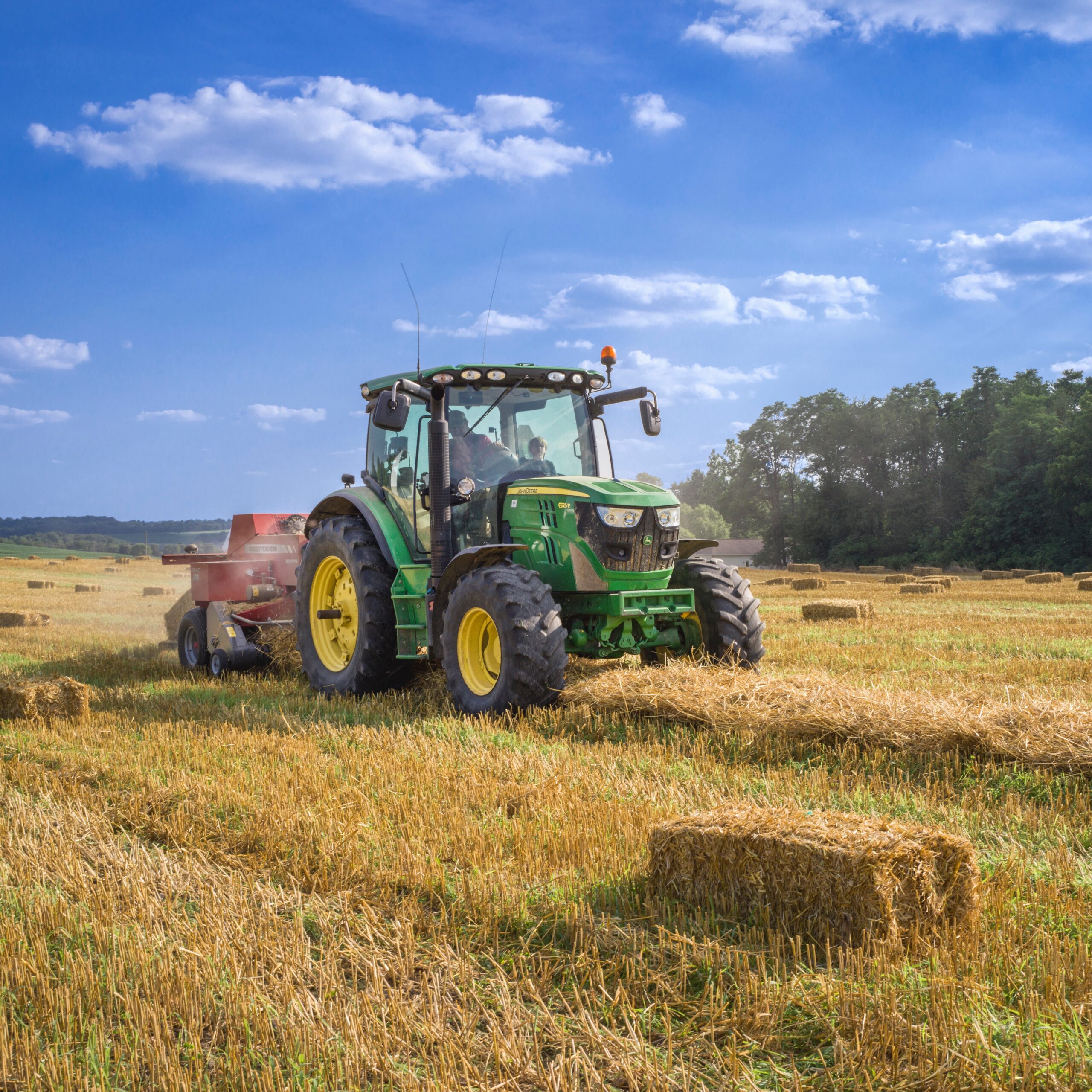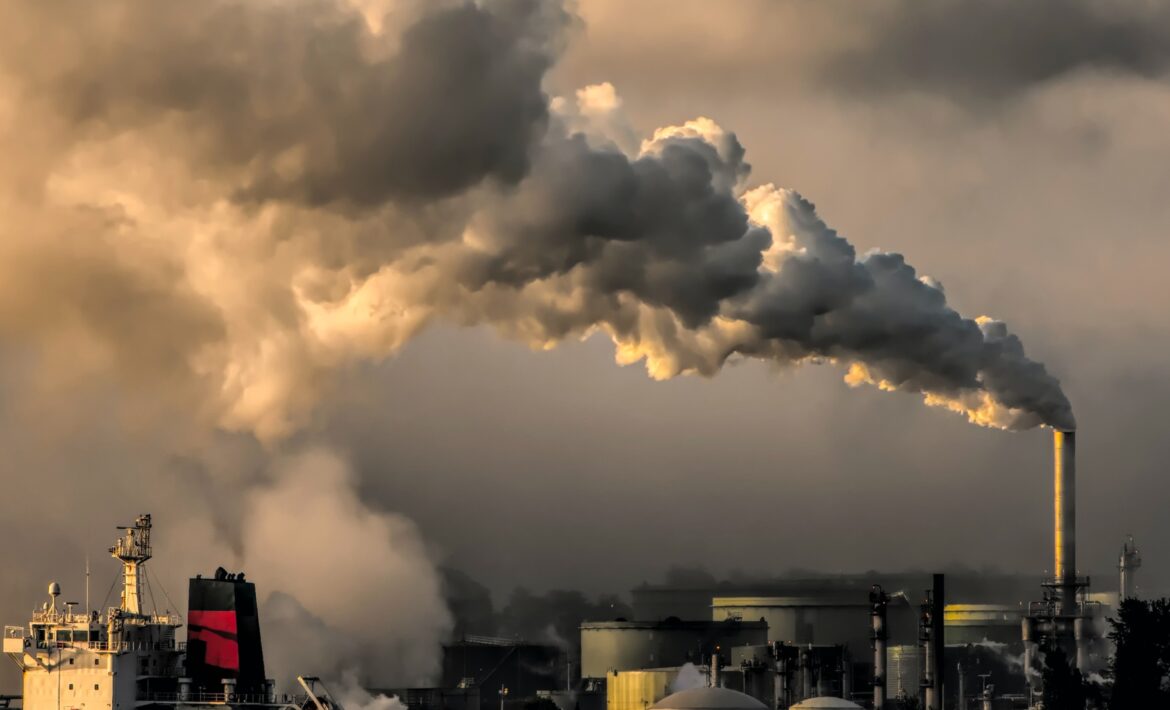
EU Land Use, Land Use Change and Forestry Policy
by Hattie Hammans and Robin Fontaine
The following article is part of the fit for 55 series, analysing all policies, directives and strategies as part of the EU’s plan to reduce net carbon emissions by 55% until 2030 and net-zero emissions by 2050. It specifically looks at the Land Use, Land Use Change Forestry (LULUCF) regulation [1].
What do you mean by land use?
Land use regulations surround the management of the natural environment by human activity. A raw untouched natural plot of land can be used to build houses, develop a farm or build a highway for instance [2]. Land use is one of the most important pillars of the economy, due to regulating the housing rights and the food production [3]. Thus, the regulation does carry quite a weight on its shoulders as it adjusts the balance between economic development or protecting the natural environment, so it can be excellent for economic development but must be handled with the greatest care as it can easily be detrimental to the environment.
The ‘Fit for 55’ package proposes some significant amendments to the previous regulation: new rules for monitoring emissions and removals (sinks for greenhouse gases), setting an EU-wide target for emissions and setting out targets for member states [4]. This article will cover the existing LULUCF regulation and its pitfalls, the new proposals for the sector as part of the ‘Fit for 55’ package, and a closer analysis of how the targets for member states might be reached in practice.
The existing regulation: allowing the EU’s carbon sink to shrink
The existing regulation establishes the legislative framework for emissions and removals tied to the land use sector. Under this regulation, the Member States of the EU have to ensure they do not contribute to net-emissions from land based activities [1]. It includes enhancing and protecting carbon sinks such as forests and soils to ensure that emissions from other sectors such as urbanisation or agriculture can be compensated [4] .These actions of taking out carbon dioxide, or negative emissions are known as ‘removals’ [5]. This balance is known as the ‘no-debit rule’ [6].
Under the presiding 2018 regulations, when a Member State manages to capture more carbon than they emit in the land use sector, for instance through good forestry management, rehabilitation of carbon sinks or responsible agriculture, they gain some credit. These credits can then be used to compensate for emissions in other sectors in order to comply with national targets [7]. To put it plainly, if a member state manages to remove more CO2 than they emit, they are allowed to use a limited volume of this negative CO2 as ‘credit’ to ‘cancel out’ emissions in other areas of their economy.
To explain it plainly, if a member state emits 10 tons of CO2 from urbanisation and removes 12 tons of CO2 through its forests, it will gain a credit worth 2 tons of CO2 to compensate for other economic activities [8].
In practice, due to the accounting rules for determining ‘debits’ or ‘credits’, a member state’s existing carbon sink, a natural environment capturing carbon like forests or oceans, can be allowed to shrink under this regulation [9]. This happens without the member state losing any ‘credits’. There has been a significant net decrease of the EU’s carbon sink in recent years: it fell from 316 million tons of CO2eq (CO2 equivalent, as there are many different greenhouse gases, such as methane or nitrogen oxides) in 2013 to 251 million tons of CO2eq in 2017 [10].
What’s changing in the July 2021 LULUCF regulation
On the 14th July 2021, the European Commission proposed a new EU ‘removals’ target: 310 metric tons of CO2 equivalent by 2030 [1]. This would mean using EU forests and peatlands to absorb 7% of current annual emissions [11]. Crucially, they split this overall target into specific, binding annual targets for member states [11].
To reach their targets, member states will need to increase the CO2 capture capacity of their forests and cropland [6]. For instance, supporting the forest industry by increasing visibility on the benefits of wood products or climate-smart agriculture [6]. In April, the European Commission released the Carbon Farming Study and announced the Carbon Farming Initiative in tandem with the reforms of the CAP which will take effect on the 1st January 2023 [7].
The synergies between agricultural carbon mitigation strategies and other land-related objectives (adaptation, biodiversity, sustainable and circular bioeconomy) are hinted at in the EU recommendations [1].
What could be done better
The removal targets part of the no-debit rule outlined in the proposal have been described as insufficiently low according to the World Wide Fund for Nature (WWF) [3]. Instead a more common sustainable approach would be to set specific targets for carbon removal to incentivise States to push nature restoration programs and not only benefit the climate but also allow biodiversity to thrive [3].
Another issue that could negatively impact this carbon capture strategy is its reliance on the use of forest and agricultural lands as a means to stock emissions. Without building adequate reliance to allow them to thrive and resist climate shocks, forests can be heavily impacted by climate change. Consequently, the strategy relies on forests to stock the emissions; but were the forest to shrink or burn, the emissions wouldn’t be compensated, which could trigger a vicious cycle [12].
References:
[1] EU Commission, Delivering the European Green Deal. Available at: https://ec.europa.eu/info/strategy/priorities-2019-2024/european-green-deal/delivering-european-green-deal_en [last accessed 16.10.2021]
[2] IPCC, Land Use, Land-Use Change and Forestry. Available at: https://www.grida.no/climate/ipcc/land_use/045.htm [last accessed 16.10.2021]
[3] WWF, Position paper on reform of the EU LULUCF Regulation. Available at: https://www.wwf.eu/?4004716/WWF-position-paper-on-reform-of-the-EU-LULUCF-Regulation-July-2021 [last accessed 16.10.2021]
[4] Öko-Institut, EU LULUCF Regulation explained Summary of core provisions and expected effects. Available at: https://www.oeko.de/fileadmin/oekodoc/Analysis-of-LULUCF-Regulation.pdf [last accessed 16.10.2021]
[5] UNFCCC, Land Use, Land-Use Change and Forestry (LULUCF). Available at: https://unfccc.int/topics/land-use/workstreams/land-use–land-use-change-and-forestry-lulucf [last accessed 16.10.2021]
[6] EU Commission, Land use and forestry regulation for 2021-2030. Available at: https://ec.europa.eu/clima/eu-action/forests-and-agriculture/land-use-and-forestry-regulation-2021-2030_en [last accessed 16.10.2021]
[7] EU Commission, Commission sets the carbon farming initiative in motion. Available at: https://ec.europa.eu/clima/news-your-voice/news/commission-sets-carbon-farming-initiative-motion-2021-04-27_en [last accessed 16.10.2021]
[8] EU Commission, Proposal to integrate the land use sector into the EU 2030 Climate and Energy Framework. Available at: https://ec.europa.eu/commission/presscorner/detail/en/MEMO_16_2496 [last accessed 16.10.2021]
[9] Ulriikka Aarnio, 2021. “Land Use and Forestry: Existing LULUCF rules allow EU’s carbon sink to decrease. Change them”. energypost.eu, 28th June, 2021. Available at: https://energypost.eu/land-use-and-forestry-existing-lulucf-rules-allow-eus-carbon-sink-to-decrease-change-them/#comment-421467 [last accessed on 06.10.2021]
[10] European Parliament, Background paper LULUCF Regulation 2030 Climate Target. Available at: https://www.europarl.europa.eu/cmsdata/233827/Background_paper_LULUCF_Regulation_2030_Climate_target.pdf [last accessed 16.10.2021]
[11] Politico, 10 key policies in Brussels’ plan to slash emissions. Available at: https://www.politico.eu/article/europe-climate-emmissions-combustion-engine-fit-for-55-carbon/ [last accessed 16.10.2021]
[12] Nature Climate Change, Forest disturbances under climate change. Available at: https://www.nature.com/articles/nclimate3303 [last accessed 16.10.2021]



